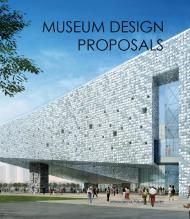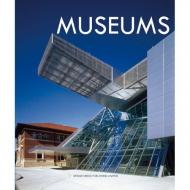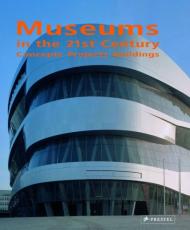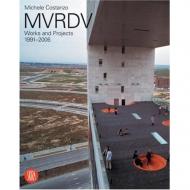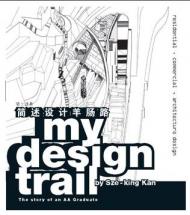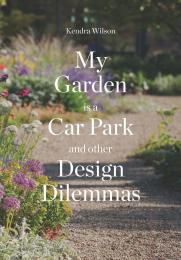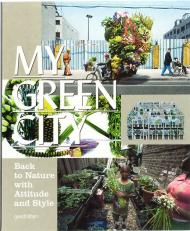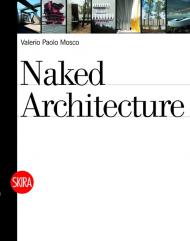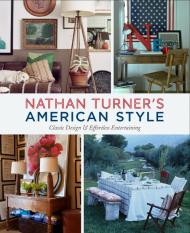Xiaolu Li
ID:
7449
To some extent, it is from museums that we learn about the past and present of a city. A museum is a materialised history; there, with the historical relics on display, we have dialogues with history. As we have realised that a museum would be a useful tool for the publicity of a city, museums have become projects that architects and designers most long for. In the book we selected 50 world-top museums, including history museums, art museums, science museums, etc. Each project is illustrated with pictures, plans and a brief introduction. While appreciating the museums, readers would learn more about the distinguished concepts and the distinct features of them.
Projects featured in this book:
Museum of Islamic Art
MAXXI: National Museum of XXI Arts
New Museum of Contemporary Art
Art Gallery of Alberta
Contemporary Jewish Museum
Akron Art Museum
New Wing of the Charleroi Museum of Photography
Herning Museum of Contemporary Art
Tampa Museum of Art
Jeju Museum
National Portrait Gallery
The Nerman Museum of Art
The Nelson-Atkins Museum of Art
Kalmar Museum of Art
Hermitage Amsterdam
Provincetown Art Association and Museum (PAAM)
Bowdoin College Museum of Art
Moderna Museet Malmö
Nagasaki Prefectural Art Museum
The Museum of Design Art + Architecture (MODAA)
Nakamura Kelth Haring Collection Art Museum
Museion
Rodin Museum Bahia
SSM
Royal Ontario Museum
Getty Villa
New Acropolis Museum
Archeological Museum of Álava
Davidson Museum
The Collection, Lincoln
Ljubljana City Museum
Colognese Mill, Bread Museum and Baking Workshop
Mercedes-Benz Museum
Dornier Museum
Darwin Centre
China Science and Technology Museum
Maritime Centre Vellamo
National Museum of the Marine Corps
Andalucia's Museum of Memory
Wyspianski 2000 Pavilion
Xi Gallery
Lightcatcher at the Whatcom Museum
… from the following designers:
Alberto Campo Baeza
Allmann Sattler Wappner Architekten
Architects Lahdelma & Mahlamäki
Atelier Hitoshi Abe
Atsushi Kitagawara Architects
Bernard Tschumi
Brasil Arquitetura
C. F. Møller Architects
COOP HIMMELB(L)AU
Daici Ano
Fentress Architects
Francisco Fanucci & Marcelo Ferraz
Francisco Mangado
G.Lab* By Gansam Partners
Hans van Heeswijk Architects
I. M. Pei Architect (New York)
Ingarden & Ewy Architekci
Johnson Pilton Walker
Kazuyo Sejima + Ryue Nishizawa / SANAA
Kimmel-Eshkolot Architects
KSV Krüger Schuberth Vandreike
Kyu Sung Woo Architects
L’Escaut Architectures/Olivier Bastin, Eloisa
Astudillo, Nele Stragier, Florence Hoffmann
Machado and Silvetti Associates
Mass Studies
Olson Kundig Architects
Panter Hudspith Architects
Randall Stout Architects
Rok Oman, Špela Videčnik, Rok Gerbec, Josip Konstantinovič, Karla Murovec, Damjan Brada
RTKL International Inc.
Beijing Institute of Architectural Design
SDL
Stanley Saitowitz / Natoma Architects Inc
Steven Holl Architects
Steven Holl Architects
Studio Daniel Libeskind
Studio Pali Fekete architects (SPF:a)
Tham & Videgård Arkitekter
Tham & Videgård Arkitekter
UNStudio
Zaha Hadid Architects
Пролистать книгу Museums
Посмотреть ролик издательства о книге Museums

